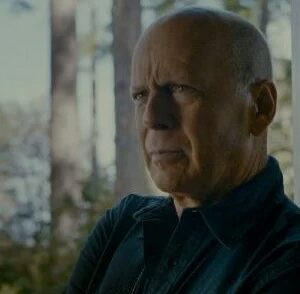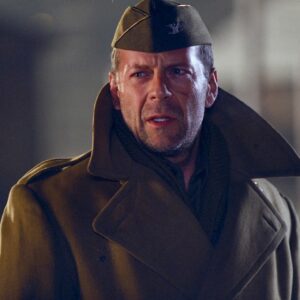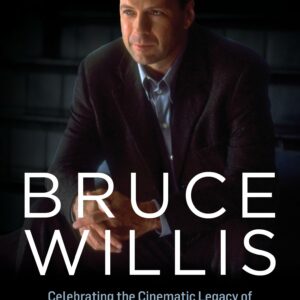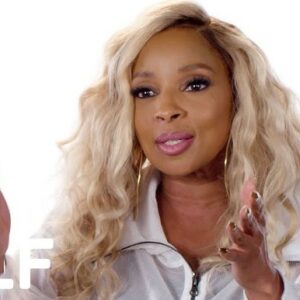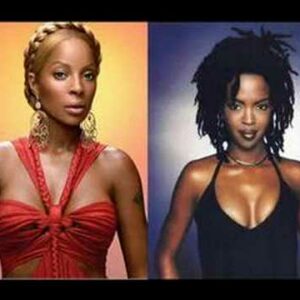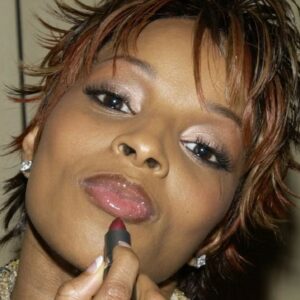Introduction to Ryan Gosling’s Career
In the pantheon of modern Hollywood, few actors have garnered as much respect and fascination as Ryan Gosling. From his days as a Disney Channel performer to his ascension into one of the most versatile actors of his generation, Gosling has become a household name, not only for his striking looks but for his incredible range and ability to portray complex, multifaceted characters. His career trajectory is a fascinating blend of blockbuster appeal and indie film credibility, setting him apart as an actor who continually defies expectations.
Gosling’s entry into the film industry was far from meteoric, yet it was persistent. Born in London, Ontario, in 1980, he began his career at the young age of 12, landing a spot on The Mickey Mouse Club alongside future superstars like Justin Timberlake and Britney Spears. However, it wasn’t until he made his move into more mature roles in the early 2000s that his real rise began. Gosling’s breakthrough came with his portrayal of a neo-Nazi in The Believer (2001), showcasing his willingness to dive into difficult, challenging characters early in his career. From there, he continued to navigate a delicate balance between romantic leads and darker, more introspective roles that solidified his status as one of the most dynamic actors in contemporary cinema.
Overview of Iconic Roles
Gosling’s career is defined by a string of iconic performances that have not only showcased his immense talent but have also played a significant role in shaping his image as an actor of depth and versatility.
Take The Notebook (2004), the film that introduced him to a global audience as the romantic lead. The Nicholas Sparks adaptation could have easily pigeonholed Gosling as a heartthrob destined for a future of lightweight love stories. Instead, his portrayal of Noah Calhoun revealed an emotional depth that set him apart from typical romantic leads. There’s a quiet strength to his performance in The Notebook—a steadfastness in his love for Allie, played by Rachel McAdams, that made him both vulnerable and unshakable. It’s this combination of intensity and subtlety that Gosling would return to time and again in his career.
In Drive (2011), Gosling took a radically different turn, portraying the enigmatic and almost mythic “Driver.” Nicolas Winding Refn’s minimalist neo-noir featured Gosling as a stoic, nameless character with an economy of words and an explosive undercurrent of violence. His ability to convey deep emotional undercurrents without dialogue or overt expression was a masterclass in restraint, solidifying him as a performer who could communicate just as much with his silence as with his speech.
Then there’s La La Land (2016), the whimsical, yet melancholic musical that brought him a Golden Globe and an Academy Award nomination. Gosling’s portrayal of Sebastian, a struggling jazz musician, is an exercise in charm and longing. While La La Land had all the trappings of a throwback Hollywood musical, Gosling’s performance was grounded in the modern tension of balancing dreams and reality. His chemistry with co-star Emma Stone was palpable, but it was his underlying sense of wistfulness that anchored the film.
And let’s not forget Blade Runner 2049 (2017), where Gosling carried the weight of a beloved sci-fi legacy on his shoulders as K, a replicant cop searching for his own humanity. His performance in Denis Villeneuve’s visually arresting sequel was understated but haunting, continuing his trend of playing characters wrestling with deep existential questions. Gosling’s K is a figure of quiet rebellion, searching for meaning in a world that questions his very right to exist.
Character Archetypes
A common thread throughout Gosling’s filmography is his portrayal of characters who are often quiet, introspective, and emotionally complex. Whether it’s Noah in The Notebook, Driver in Drive, or K in Blade Runner 2049, Gosling seems drawn to characters who internalize their struggles rather than externalize them. He often plays men who are in conflict—not necessarily with others, but with themselves.
Gosling’s characters frequently exist in a state of isolation, whether it’s emotional, physical, or existential. In Drive, his character is a loner by design, a man who lives by his own code and interacts with the world on his own terms. In Blade Runner 2049, K’s isolation is built into his very identity as a replicant—a being constructed, not born, and thus alienated from the very concept of humanity he seeks to understand. These characters share a sense of disconnection, often leading to a journey of redemption or self-realization.
What’s compelling about these roles is the way Gosling plays them—not as cold or detached, but as deeply feeling individuals who simply struggle to express those feelings in conventional ways. There’s a tension in Gosling’s performances that makes his characters feel real, grounded, and relatable, despite their sometimes larger-than-life circumstances.
Evolution of Performance
Gosling’s early roles, particularly in films like The Believer and The Notebook, showcased a youthful intensity and romantic idealism that quickly won him fans. However, as his career progressed, he began to shift away from the more conventional heartthrob roles to explore darker, more nuanced characters.
In Half Nelson (2006), where he played a drug-addicted school teacher, Gosling demonstrated an unflinching willingness to embrace flawed, even unlikeable characters. The role earned him his first Academy Award nomination and marked a significant turning point in his career. Here was an actor who wasn’t afraid to step into the murky waters of addiction and self-destruction, portraying a character whose inner demons were as compelling as his outward appearance.
As the years went on, Gosling’s performances became even more layered. In Blue Valentine (2010), opposite Michelle Williams, he delivered one of his most raw and emotionally honest portrayals to date. The film, a heart-wrenching dissection of a crumbling marriage, showcased Gosling’s ability to capture the agony of love gone wrong with a startling authenticity. The scenes where his character, Dean, vacillates between tenderness and volatility are both painful and beautiful to watch.
Similarities in Development
Despite the wide range of genres and character types Gosling has explored, a common thread runs through many of his roles—an exploration of inner conflict, isolation, and the search for meaning. From the romantic idealist Noah in The Notebook to the deeply troubled Dean in Blue Valentine and the existentially lost K in Blade Runner 2049, Gosling’s characters are often men struggling to reconcile their inner worlds with external realities.
This thematic through-line is perhaps most evident in Drive, where the titular Driver is not just a man of action but a man of profound solitude. His interactions with the outside world are minimal, and his relationships are defined by a sense of detachment. Yet, underneath this detachment is a burning desire for connection—a desire that, when unleashed, manifests in the film’s bursts of violence and tragedy. Similarly, in Blade Runner 2049, K’s journey is one of self-discovery. Though he begins the film resigned to his role as a replicant, by the end, he is searching for something more—a purpose, an identity, a place in the world.
Even in La La Land, a film with a much lighter tone, Gosling’s character is searching for meaning. Sebastian’s love for jazz is not just about music—it’s about preserving a part of himself in a world that seems intent on leaving him behind. There’s a sense of existential dread that permeates even his most charming characters, making them feel grounded and relatable.
Acting Techniques
Much of Gosling’s appeal comes from his ability to convey deep emotion with subtle gestures. He is an actor who often lets his silence do the talking. In Drive, for example, his character says very little, yet every glance, every shift in posture communicates volumes. Gosling’s use of body language is key to many of his performances, allowing him to express vulnerability, anger, or longing without ever needing to raise his voice.
Gosling is also a master of facial expression. In Blue Valentine, there’s a moment where Dean, upon realizing his marriage is over, simply slumps into himself. The sadness, the resignation, the realization that love isn’t enough—it’s all there, written on his face without a single word being spoken.
In Blade Runner 2049, K’s journey is one of gradual emotional awakening, and Gosling conveys this shift with incredible precision. His performance is restrained, almost robotic at times, yet by the end of the film, when K makes the ultimate sacrifice, we understand just how far he has come emotionally.
Conclusion
Ryan Gosling has built a career on choosing roles that challenge both him and the audience. From romantic leads to silent anti-heroes, from jazz-loving dreamers to replicant hunters, Gosling’s choices have always been deliberate, thoughtful, and often unexpected. His ability to blend vulnerability with strength, introspection with action, has made him one of the most compelling actors of his generation. As his career continues to evolve, there’s no doubt that Gosling will remain a fixture in modern cinema—a rare actor who is as much at home in a blockbuster as he is in a quiet indie drama, always bringing depth, nuance, and an unmistakable presence to every role he inhabits.
